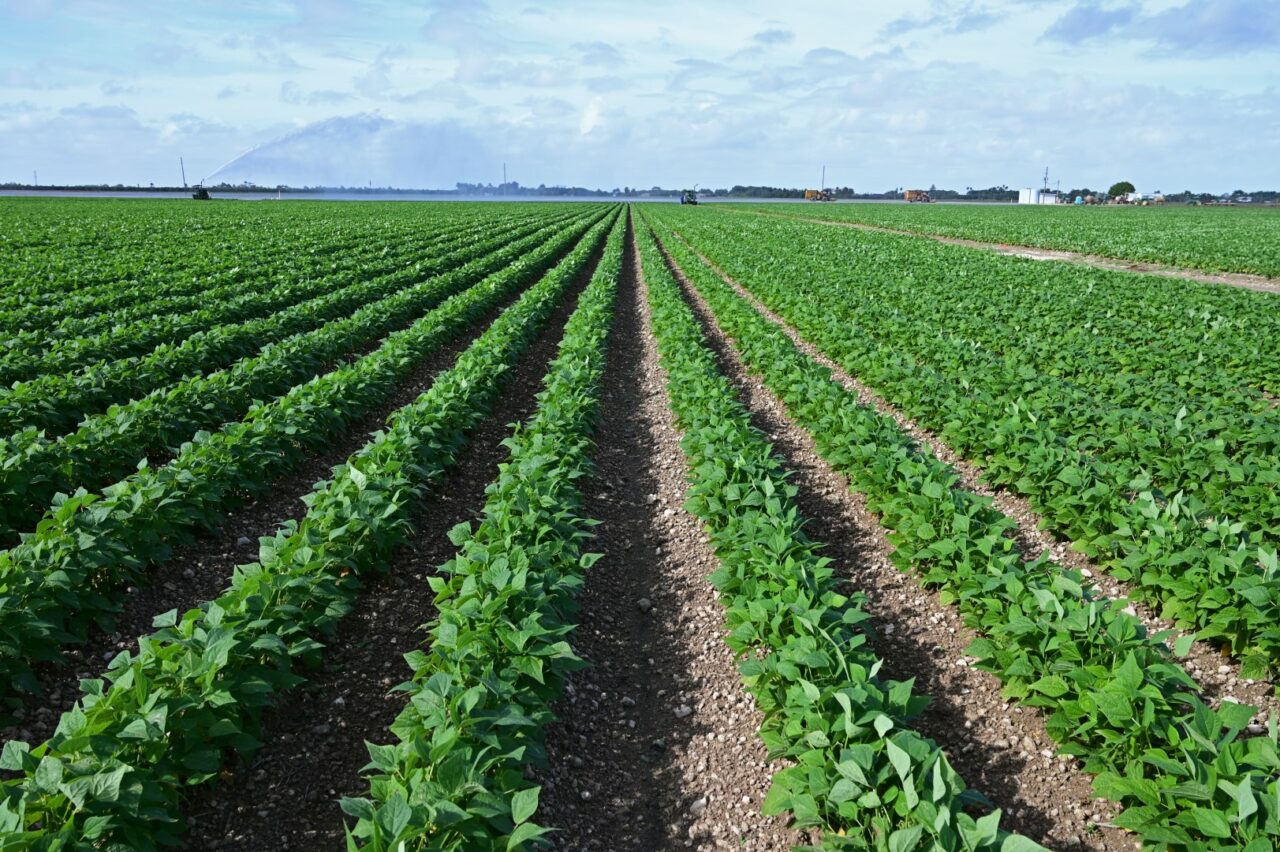
A new report paints a bleak picture regarding the impact of sea-level rise, development and other environmental impacts on agricultural interests in the next 45 years in Florida.
The University of Florida Center for Landscape Conservation Planning and the citizens’ community activist organization 1,000 Friends of Florida published the results of a joint 38-page analysis that states “development and, to a much lesser degree, sea level rise are projected to result in the loss of about 120 acres of land a day — or almost 45,000 acres a year — between now and 2070.”
The analysis projects the loss to agricultural land due to those influences will ultimately wipe out a collective 2.2 million acres of Florida farmland by 2070. That would negate thousands of agriculture-based jobs in Florida.
In 2019 alone, there were about 1.28 million jobs in the agricultural sector in Florida, according to the University of Florida Institute of Food and Agricultural Science. Agriculture accounted for about $106 billion in Florida sales in the same year, the institute said.
While sea-level rise and development will directly impact those significant portions of agricultural lands, the report points out farming operations and facilities are usually in rural areas and are immediately associated with nearby environmentally sensitive lands. Those areas will also be dramatically impacted by sea-level rise and development.
“Florida’s agricultural lands also provide essential ecosystem services including protecting water supply and quality, providing flood control, supporting climate resilience, sequestering carbon, harboring wildlife, promoting outdoor recreation, and more,” the report said.
While rising sea levels and increased development show no signs of slowing, the report also points out the human population of Florida will continue to push land management limits as the number of people in the state will continue to proliferate. By 2040 alone, the number of people in the Sunshine State is expected to grow by 23% over the 2019 population, a projected jump of 4.9 million residents.
The U.S. Census Bureau estimated there were 21.5 million people living in Florida in 2020 and that estimate jumped to 22.25 million by July 2023.
According to maps and surveys in the study, the worst areas of land inundation from rising sea levels taking the largest toll will be in the Northeast Florida, Big Bend, the Panhandle, North Central areas surrounding Gainesville, and the extreme Southeast Florida regions of the state.
While the gloomy picture raises many alarms, the report also provides many recommendations that might mitigate the impact of development and sea-level rise on Florida’s agricultural interests.
“Florida must work to further effective public policy, planning, and land management strategies to ensure that agriculture and its many values can flourish over the coming decades,” the report stated.
It also recommended several key components to achieve that objective including:
— Robust funding for land protection programs.
— Sound community planning from local governments for municipal land and agricultural protection programs.
— Science-based decision-making prompting public investment in sound land management.
— Market-based solutions that will incentivize land protection and management plans.
“(I)t is clear that proactive land-use policy and planning options will be needed, along with close public and private landowner partnerships, to ensure the protection of Florida’s agricultural landscapes into the future,” the report concluded.




3 comments
Lex
January 25, 2024 at 7:52 am
It’s a big problem when the land that could be kept or expanded into agricultural land is going for 20X more than the value of the land for agriculture. If I owned a farm, I’d have to really consider just turning it into land for homes, I’d make a ton more money in one easy action. If I currently had a farm, could I afford to pay 20X more than its worth for agriculture to consolidate and keep a neighbor’s farm, farmland? It is a very real issue and problem.
Stan Chrzanowski
January 26, 2024 at 11:12 am
Maybe now Florida Senator Rick Scott will allow the people around him to start using the term “sea level rise?
Or not?
KathrynA
January 26, 2024 at 3:07 pm
It may be a huge problem in the future, but it ALREADY is a huge issue. I see huge amounts of farm land in Polk and Manatee counties that now produce only houses. I’m not sure where they will get the land for the next generation of homes or the water needed. Let’s just build “willy-nilly” and then later, be horrified at the effects of all this overbuilding.
Comments are closed.